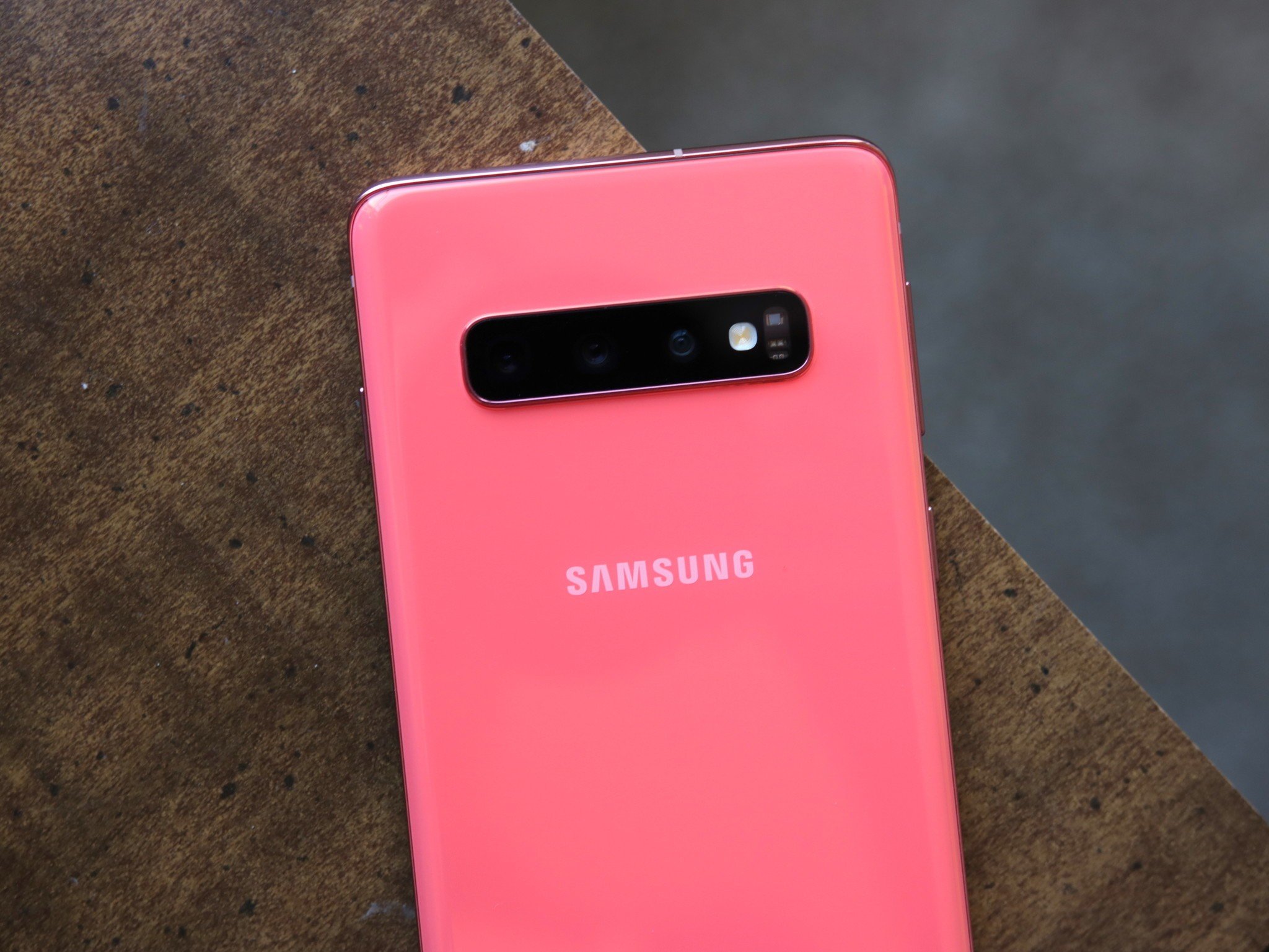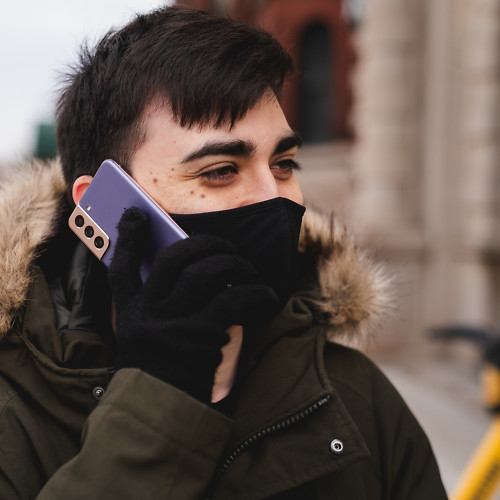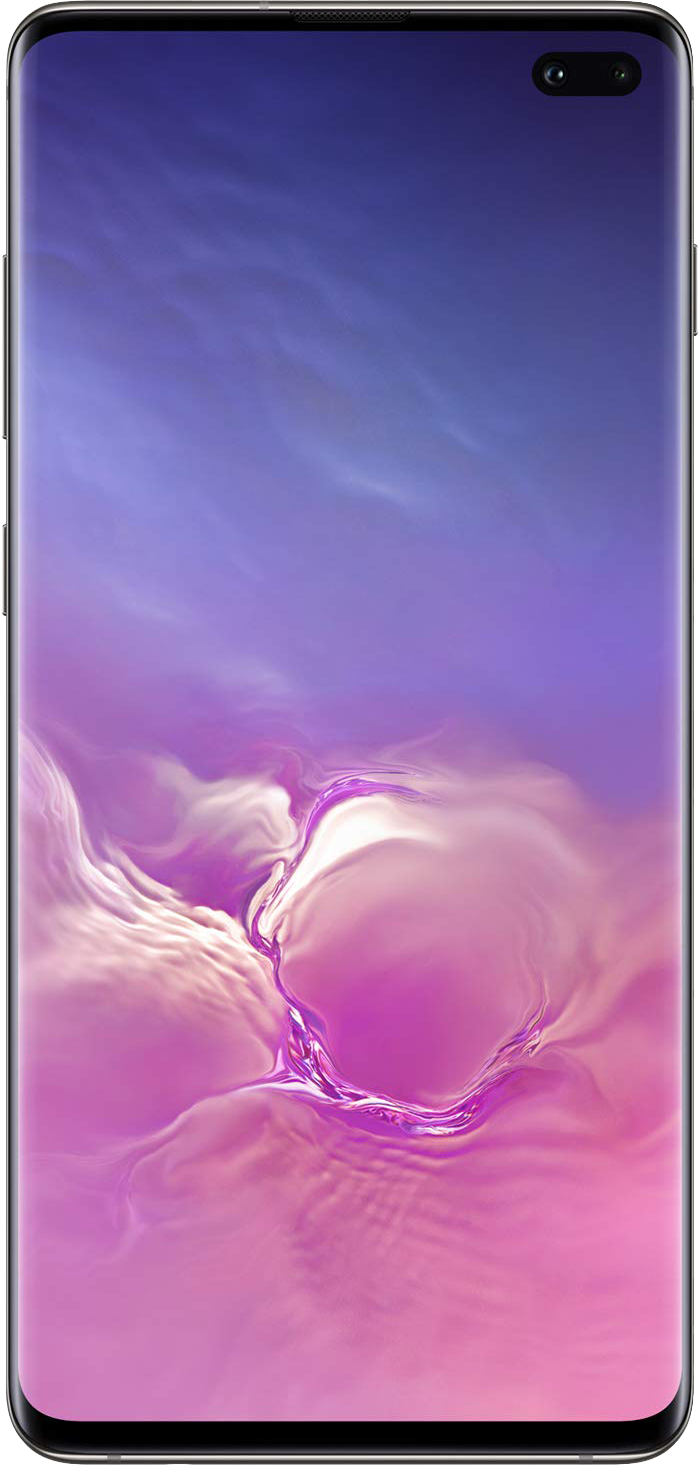How to measure blood oxygen saturation levels with a Samsung phone using Samsung Health

Oxygen saturation, often shortened to SpO2, is a measure of the concentration of oxygen in your blood. On numerous Samsung phones, SpO2 can be measured using a series of sensors on the back of the phone in a method called pulse oximetry, which emits and absorbs a light wave through the blood vessels in your fingertip.
Samsung has moved this feature around quite a bit and even removed it entirely on many of its newer phones, but if your device still has the capability to read SpO2, it can be a useful health measurement.
Products used in this guide
- Outstanding phone: Samsung Galaxy S10+ ($850 at Amazon)
- Buy it direct: Samsung Galaxy S10+ ($850 at Samsung)
How to measure oxygen saturation
As mentioned above, Samsung has phased out many of its once-commonplace sensors on newer phones like the Galaxy S20, but older devices like the S10 are still capable of measuring oxygen saturation using the Samsung Health app. It's a fairly simple process so long as your phone supports it — here are the easy steps on measuring your blood's oxygen saturation.
- Open the Samsung Health app.
- Tap manage items, then enable Oxygen saturation.
- Back out to the main screen of the app and tap Measure next to Oxygen saturation.
- When prompted, place your finger on the oxygen saturation sensor on the back of your phone.
- Stay still while your phone is measuring oxygen saturation levels
Once your phone has finished measuring oxygen saturation, you'll be notified that it's okay to lift your phone from the sensor, after which you'll be given a percentage denoting oxygen saturation levels. You'll also be shown your heart rate in bpm (beats per minute), and you can tap through to read information about exactly what SpO2 is and proper steps for getting the most accurate reading.
From the same page, you can choose whether to save or scrap the data you just measured. Once saved, you can visit the SpO2 trends tab to see how your current reading stacks up to previous measurements.
What phones support SpO2 readings?
Samsung has removed the various health monitoring sensors from its newer phones like the S20, but plenty of older models are still capable of measuring your blood oxygen saturation levels. In fact, Samsung began including the SpO2 sensor on phones as far back as the Galaxy S5 and Galaxy Note 4, and continued support all the way up to the Galaxy S10 and Galaxy Note 9.
Get the latest news from Android Central, your trusted companion in the world of Android
If you're using a Galaxy S or Note device from any of these six generations, you're all set. The easiest way to tell if your phone supports SpO2 measurements is to look for the optical sensors on the back of the phone, right next to the camera sensors. Depending on the model, you'll have various sensors for monitoring your heart rate, blood pressure, and oxygen saturation; the software will let you know exactly where to place your finger.
Phone used in this guide

Hayato was a product reviewer and video editor for Android Central.

